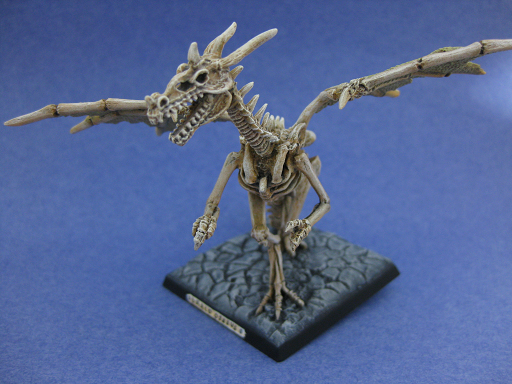Everything You Need to Know About the Bearded Dragon Skeletal System
Introduction
Bearded dragons are one of the most popular reptile pets due to their calm temperament and ease of care. They are also fascinating creatures, with a unique skeletal system that sets them apart from other reptiles. In this article, we will explore everything you need to know about the bearded dragon skeletal system.
The Basics of the Bearded Dragon Skeletal System
The bearded dragon skeletal system is incredibly intricate and consists of bones, cartilage, and connective tissue. One of the distinct features of the bearded dragon is their ability to move their head up and down, side to side, and nod. This is due to a specialized joint that connects the skull to the neck, allowing for a full range of motion.

In addition to their unique head movement, bearded dragons also have several other distinctive skeletal features. Their vertebrae are fused together to create a rigid spine that provides support and stability as they move. Bearded dragons also have a specialized pelvic girdle that is designed to support their hindquarters and allow for powerful leg movements.
The Bearded Dragon Skeleton
Now that we have explored the basics of the bearded dragon skeletal system, let’s take a closer look at the bones that make up their body. The bearded dragon skeleton is composed of three main parts: the skull, the axial skeleton, and the appendicular skeleton.
The Skull
The skull is one of the most distinctive parts of the bearded dragon skeletal system. It contains the brain, eyes, ears, and nasal passages, and has a unique shape that allows for their head movements. The jawbones are also specialized, with a hinge-like joint that allows for a powerful bite.

Another fascinating feature of the bearded dragon skull is their teeth. Bearded dragons have over 100 teeth that are constantly growing throughout their lifetime. This helps them to maintain their sharp teeth for eating prey.
The Axial Skeleton
The axial skeleton is composed of the bones that make up the backbone, ribcage, and skull. The backbone is made up of vertebrae that are fused together, providing support and stability to the body. The ribcage protects the internal organs and provides attachment points for muscles.

Bearded dragons also have a specialized neck vertebra that allows for their unique head movements. This vertebra is able to move up and down, side to side, and nod, allowing for a full range of motion.
The Appendicular Skeleton
The appendicular skeleton is composed of the bones that make up the limbs and pelvic girdle. This includes the shoulders, front legs, hips, and rear legs. The limbs are designed to provide support, balance, and stability as the bearded dragon moves.
One of the most unique features of the bearded dragon appendicular skeleton is their pelvic girdle. The pelvic girdle is made up of several bones that are fused together to create a rigid structure that supports their hindquarters. This allows for powerful leg movements as the bearded dragon runs, jumps, and climbs.
Taking Care of Your Bearded Dragon’s Skeletal System
Proper care and nutrition are essential for maintaining your bearded dragon’s skeletal system. Bearded dragons require a varied diet that includes live insects, dark leafy greens, and vegetables. Calcium and vitamin D3 supplements may also be necessary to ensure proper bone growth and maintenance.

It is also important to provide your bearded dragon with adequate space to move and exercise. A lack of physical activity can lead to weakened bones and joints, which can be detrimental to their overall health and well-being.
Conclusion
In conclusion, the bearded dragon skeletal system is incredibly intricate and unique. Understanding the basics of their skeletal structure can help you to better care for your pet and ensure their longevity and health. By providing proper nutrition, exercise, and care, you can help support the growth and maintenance of your bearded dragon’s skeletal system.
